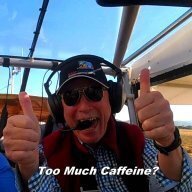The issues as I understood it was not the manufacturers, but the importers. The importers were registering the airplanes at 600Kg when the manufacturers hadn't done the engineering nor testing at those weights.
LSA is what is known as a declarative standard. The manufacturer has to certify that the aircraft have been designed, manufactured and tested in accordance with the ASTM standards (or the European equivalent). The manufacturer is then responsible by law that those declarations are true.
In the early days of LSA, the importers were making these declarations and when CASA looked into the manufacture of these planes, they found that the manufacturers hadn't certified them. There is a form 681 (and some other forms to go along with that) that the manufacturer has to fill out and sign, stating that their manufacturing and testing complies. If there is no form for the aircraft, then it can't be legally registered as an LSA.
Yes, it doesn't seem right. Even with carbon fibre technology there is a limit to material strength and the lighter you make the plane, the less strength it has. As I mentioned, my Legend is 313Kg empty and the MTOW is 600Kg. The fuselage of my plane is quite strong but I wouldn't want it to be much lighter.
Having said that, I've been advised that the manufacturer has moved to pre-preg cloth that does reduce weight without compromising strength. That may account for some of the 33Kg difference between this aircraft and my Legend, but I'd bet you'd find some very thin (read light) pieces on this plane. A couple of areas where my Legend is quite thin is the wheel spats and other cosmetic pieces. The problem with pieces being so thin is that they flex, but the paint doesn't. So we've had some paint issues. It's only cosmetics, but it is a little disappointing.








